Flying is a marvel of modern engineering, whisking us through the skies at unimaginable speeds. Yet, beyond the window views and in-flight snacks, there's a world of fascinating insider facts about air travel that many passengers are unaware of. From the peculiar habits of air hostesses to the strategic advantages of being the last to board, join us as we uncover some of the most intriguing facts about flying.
Window shades on planes aren't just for blocking out sunlight or, conversely, providing a view of the passing clouds; they serve a crucial safety purpose.
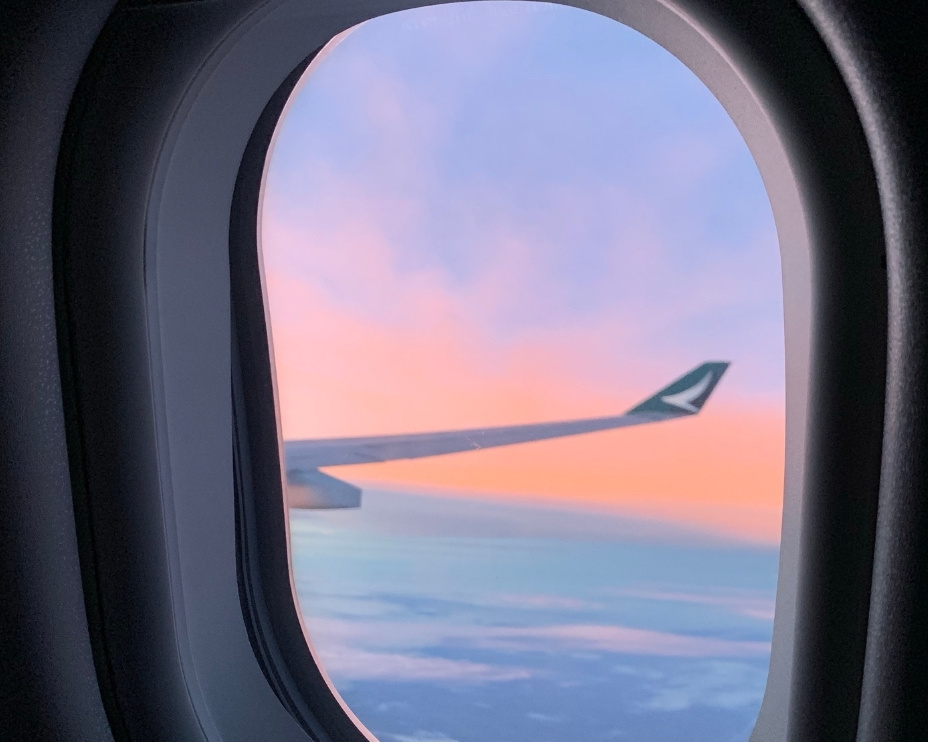
During take-off and landing, flight attendants ask passengers to raise window shades to allow natural light into the cabin. This is because, in the event of an emergency evacuation, this natural light helps crew members and passengers assess outside conditions and identify potential hazards.
Ever wondered why some frequent flyers prefer to be the last to board the plane? It's not just about avoiding the rush; there's a strategic advantage to this approach.
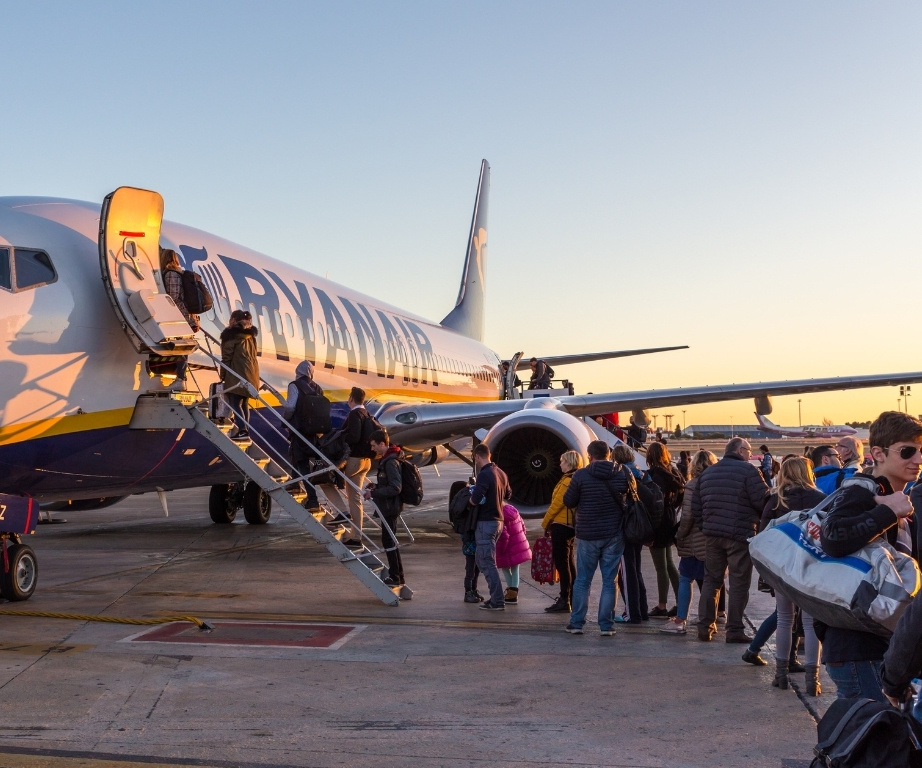
Studies have shown that being one of the last passengers to board can increase the likelihood of securing overhead bin space near your seat. This saves time and frustration during boarding and disembarkation, as you may not have to navigate through crowded aisles to retrieve your belongings.
Ever noticed that during take-off and landing air hostesses usually sit on their hands? It's not just a quirky habit; there's a safety rationale behind it…
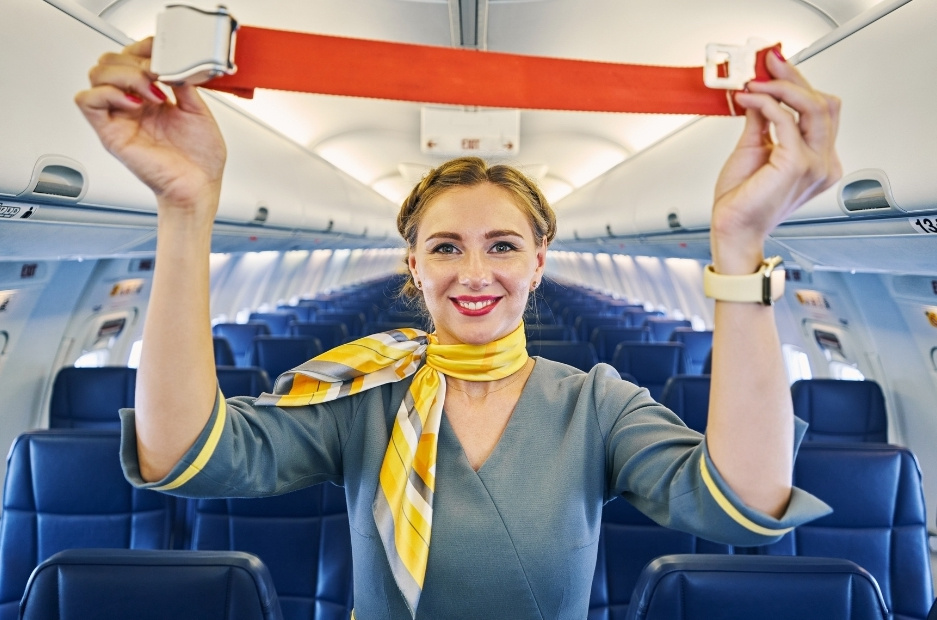
It all comes down to the various brace positions cabin crew are taught to assume at different times throughout the flight. At take-off, cabin crew are trained to sit in a semi rigid position, with their hands positioned under them, so that if there is any impact from an unplanned emergency or severe turbulence there is less chance of them being harmed. This, in turn, means they are more able to assist passengers in the event of an emergency.
Contrary to popular belief, the taste of food isn't solely determined by the chef's skills. At high altitudes, our taste buds become less sensitive due to changes in air pressure and humidity. To combat this, airlines often add extra seasoning or spices to in-flight meals to enhance flavour.
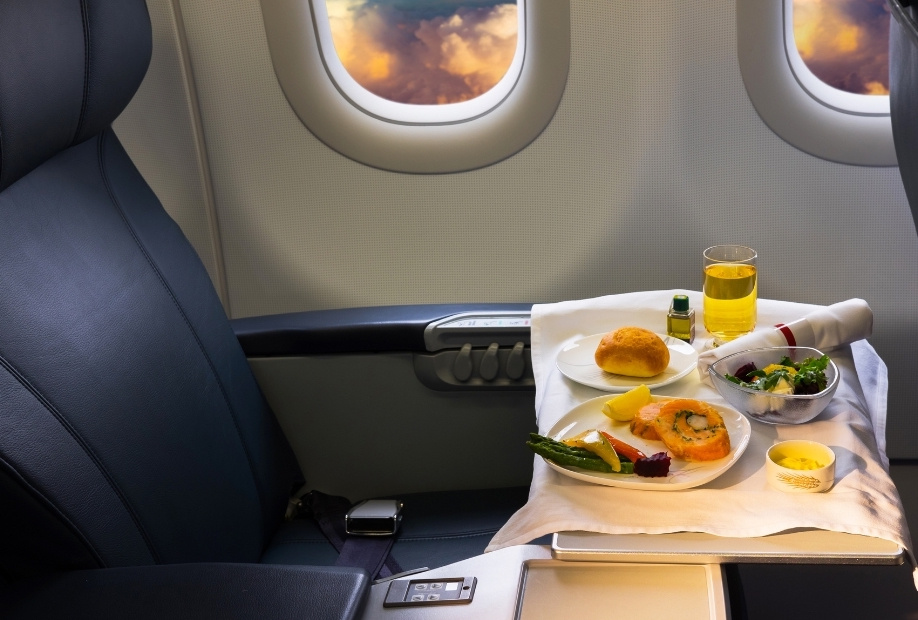
Additionally, studies have shown that umami-rich foods, such as tomatoes and mushrooms, maintain their taste better at altitude, making them popular choices for airline menus.
In the highly unlikely event of a sudden loss of cabin pressure, oxygen masks deploy from overhead compartments to provide passengers with breathable air. However, what many travellers don't realise is that the oxygen masks only provide a limited supply of oxygen.
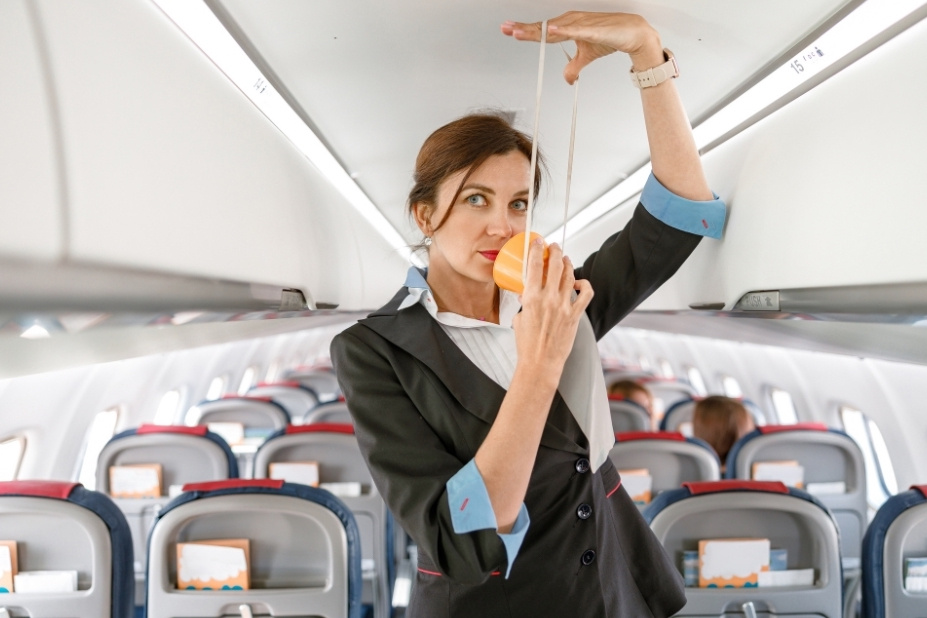
Their primary function is to supply enough oxygen to sustain consciousness and allow passengers to safely don a life-saving device, such as a life vest, before the aircraft descends to a lower altitude where normal breathing is possible.
Ever wondered why cabin lights are dimmed during overnight flights? It's not just for aesthetic reasons; there's a physiological purpose behind it. Dimming the lights helps regulate passengers' circadian rhythms and promotes relaxation, making it easier for them to fall asleep.
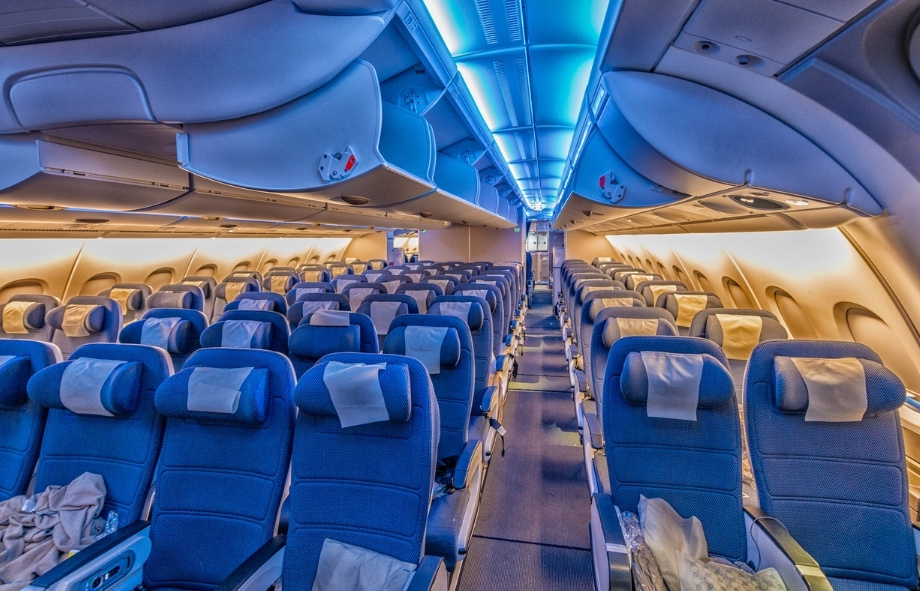
Additionally, it reduces the risk of passenger disorientation when transitioning between time zones, enhancing the overall comfort and well-being of travellers on long-haul flights.
Turbulence is a common occurrence during flights, often causing anxiety among passengers. However, it's essential to understand that turbulence is typically harmless and rarely poses a significant risk to the aircraft or its passengers.
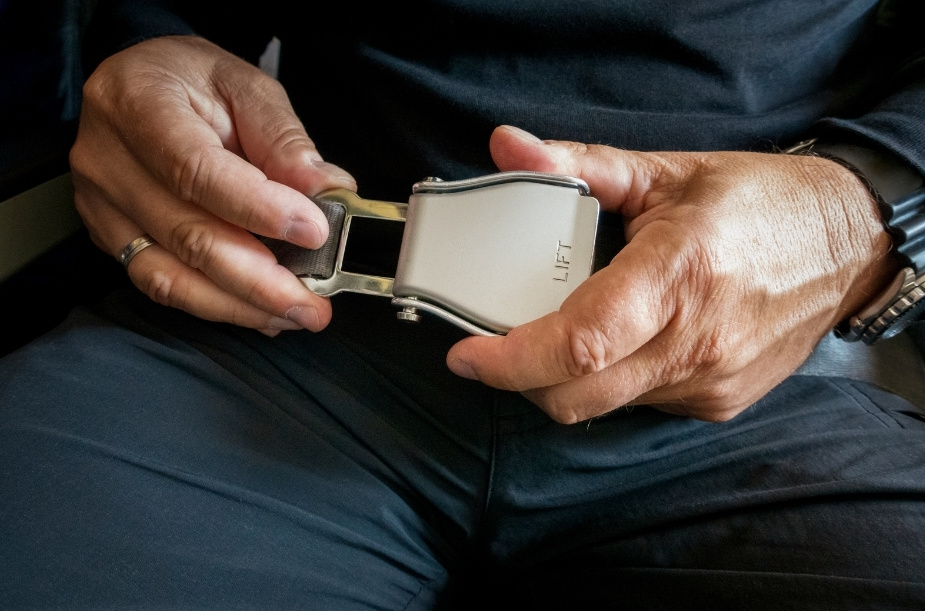
Modern aircraft are designed to withstand even severe turbulence without sustaining damage. In addition, pilots receive extensive training to navigate through turbulent conditions safely, so you can rest assured you’re in good hands, even if the flight is a bit bumpy.
Maintaining the right cabin pressure is crucial for the comfort and safety of passengers and crew members. At cruising altitude, the air pressure inside the aircraft is significantly lower than at sea level. To compensate for this difference, aircraft cabins are pressurised to simulate conditions found at around 6,000 to 8,000 feet above sea level.
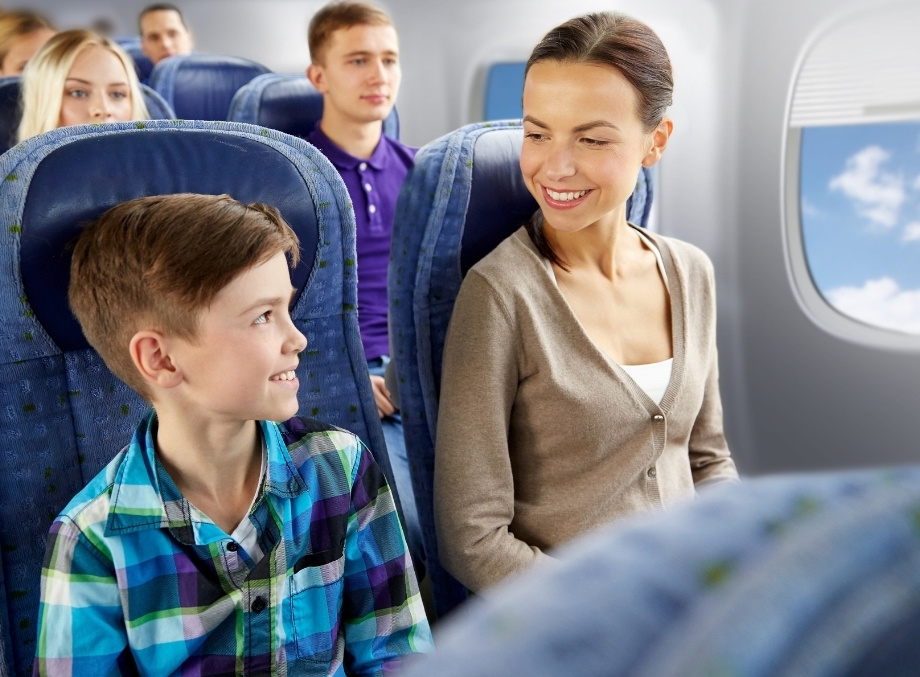
This ensures that passengers can breathe comfortably and avoid the adverse effects of hypoxia (when your body doesn’t get enough oxygen), such as dizziness and shortness of breath.
Despite widespread smoking bans on commercial flights, you'll still find "No Smoking" signs prominently displayed throughout aircraft cabins.
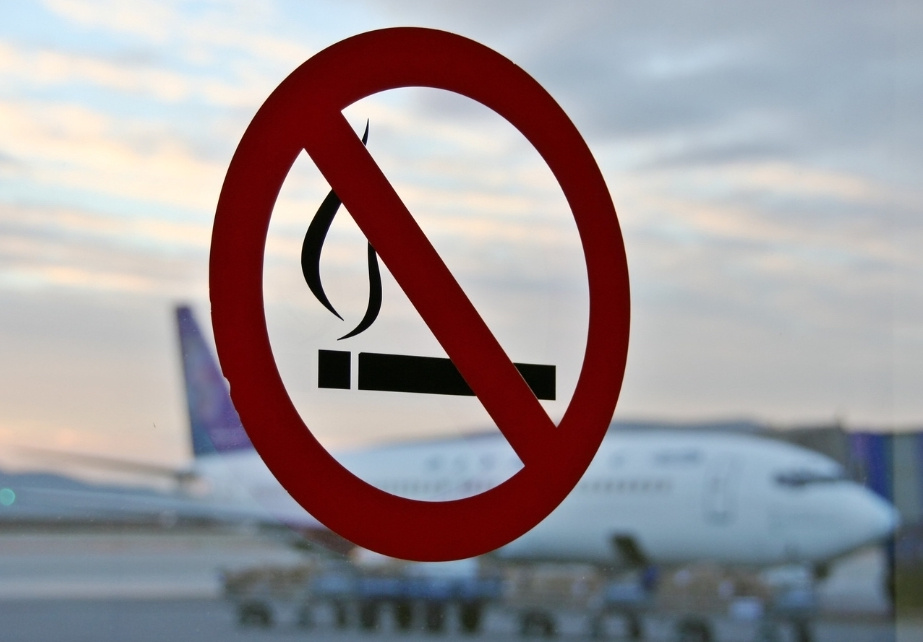
This is because these signs serve another essential function: in the event of a fire or other emergency, flight attendants use the illuminated "No Smoking" signs to guide passengers to emergency exits, as they provide a clear visual reference in low-light conditions.
Behind the scenes, a vast network of dedicated professionals works tirelessly to ensure the safety, efficiency and comfort of air travel.
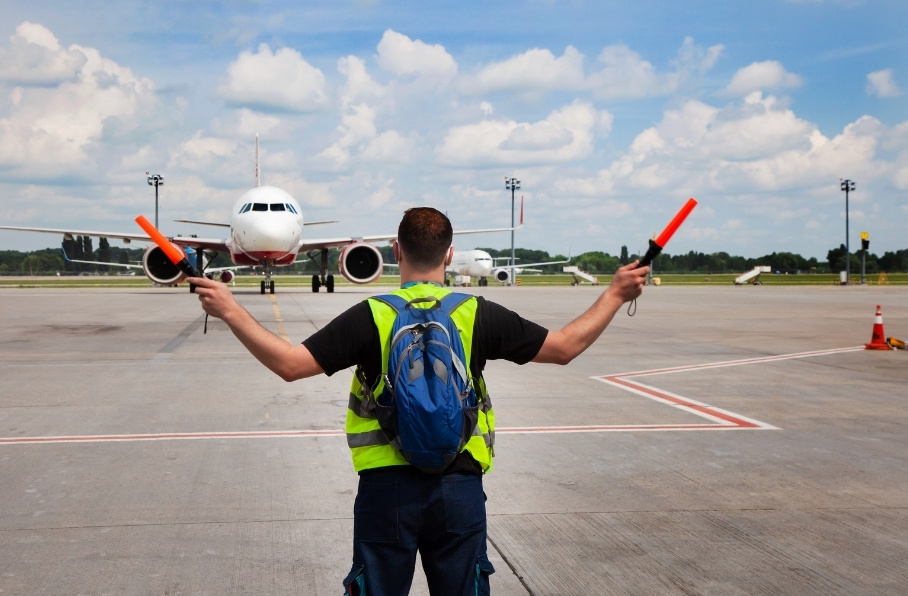
From air traffic controllers guiding planes through congested airspace to maintenance technicians meticulously inspecting aircraft for any signs of wear or damage, these unsung heroes play a vital role in keeping the skies safe for travellers around the world.
While for most travellers air travel is simply about reaching a destination, it’s important to remember that there is remarkable ingenuity, skill and planning involved in every flight.

So, the next time you board a plane, take a moment to marvel at the wonders of flight and the countless stories that unfold above the clouds.
Sure Travel has access to a worldwide range of flights direct from airline partners.
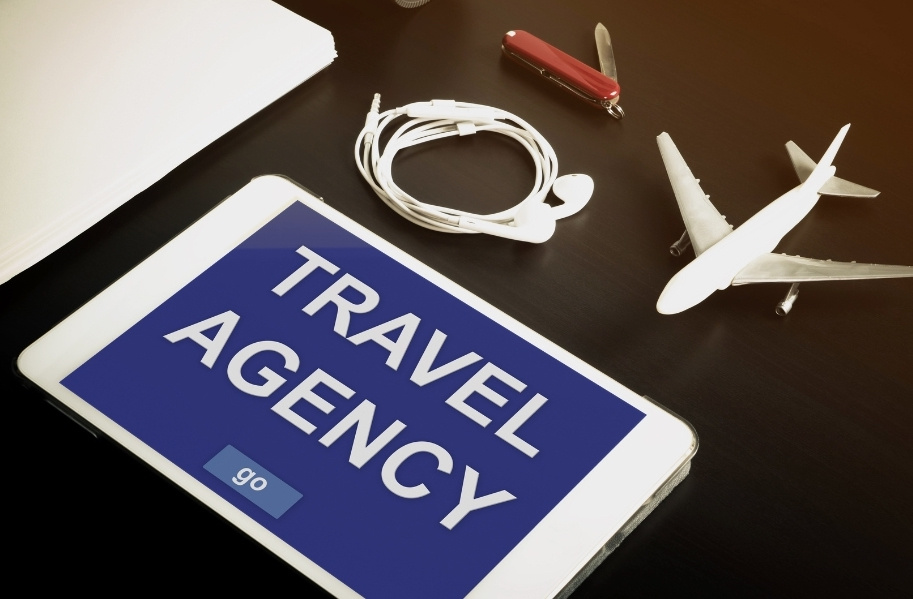
Check our online booking site for flight deals, or contact your nearest Sure Travel Agent for the latest offers. Find your nearest Sure Travel Agent here.